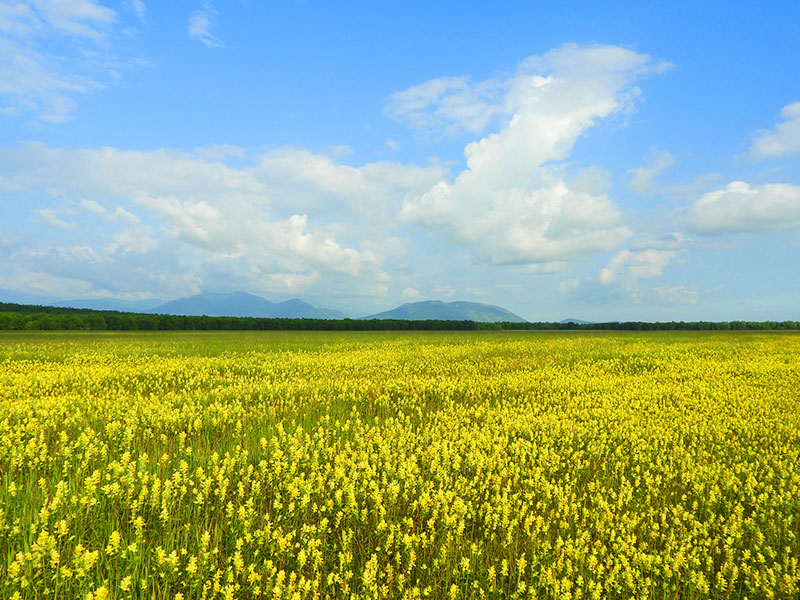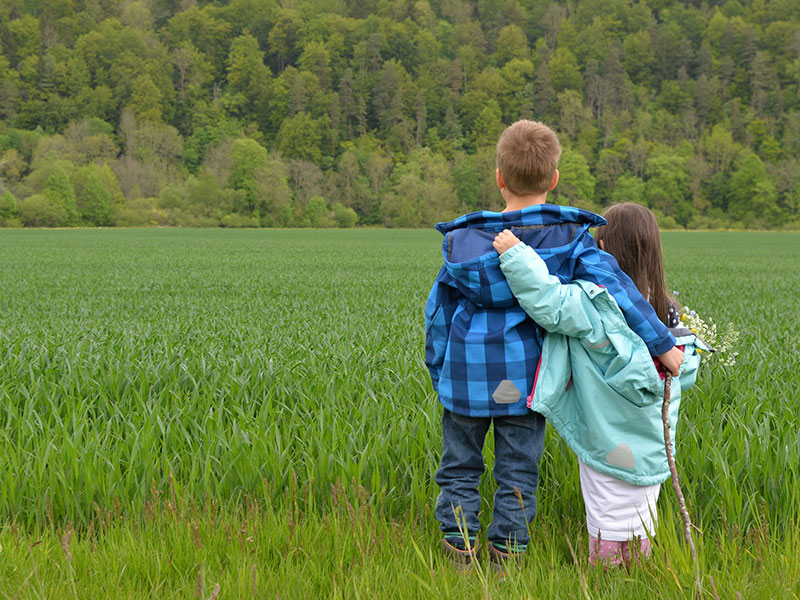FAQ,
Health Benefits and Readings
FAQ, Health Benefits and Readings
The most common questions we receive, and their answers, some of the health benefits our services provide, along with some suggested readings.
Here you will find answers to questions you might have. Information common to all our programs are first, followed by information for each experience. If you don’t find the information you are looking for, give us a call or reach out through our contact page. We welcome your questions!
FREQUENTLY ASKED QUESTIONS
Health Benefits
Why Forest Bathing in Five
- Reduces stress and anxiety as measured by lower levels of the stress hormone Cortisol
- Lowers blood pressure and heart rate
- Improves heart rate variability, a sign of reduced stress
- Increases immune system T cells, which are responsible for fighting infection
- Facilitates anti-cancer protein production
Health Benefits
Why Forest Bathing in Five
- Reduces stress and anxiety as measured by lower levels of the stress hormone Cortisol
- Lowers blood pressure and heart rate
- Improves heart rate variability, a sign of reduced stress
- Increases immune system T cells, which are responsible for fighting infection
- Facilitates anti-cancer protein production
General Questions
What happens if the weather calls for rain?
Do you need to be fit or athletic to come on an experience?
Forest Bathing takes place on trails that are mostly level, on gentle terrain, so you can focus on your sensory experience and nature around you. Most of our Forest Bathing walks cover half to two-thirds of a mile, and can easily be adapted.
If you are still concerned about your ability to complete a Forest Bathing walk, give us a call. Maybe Accessible Forest Bathing is a better choice for you. We have several trails in the area that are ADA compliant. We have guided Forest Bathing in an area less than a quarter of a mile. Participants told us the experience was very immersive.
Riverwalking requires some balance and strength. The river bottom is not always smooth or even. We give you a staff to help with balance. There’s always a choice of deeper or shallower water, so you can find what feels comfortable to you. It is meant to be a relaxing experience; our locations are selected accordingly.
Sensory Snowshoeing is our winter version of Forest Therapy, with snowshoes. Our trail selection is easy terrain, with some gentle and short hills to help you stay warm. If you have never used snowshoes, most people get comfortable with them in five to ten minutes. If the conditions are icy, the snowshoes have grips to keep you from sliding. If it’s icy, without much snow, we’ll switch over to Micro-spikes, an equipment alternative that does not impact your experience.
Can we take our cell phones with us?
The waders you wear Riverwalking have a pocket that is not completely waterproof, and people do occasionally fall in the water. Please be aware that we will not be responsible for loss or damage to your cell phone or other electronic devices if you choose to bring them.
What is your cancellation policy?
For cancellations made less than 7 days from your experience date, you will receive a voucher for the full amount minus a $25 administrative fee.
For cancellations by Adirondack Riverwalking due to weather, you will receive a voucher for the full amount.
Forest Bathing
What should I wear?
Can I bring my dog?
What happens if it rains?
If the forecast is calling for steady rain most of the day or thunderstorms, we will contact you to discuss alternatives. We will try to reschedule, and if it’s not possible, we will give you a voucher for the full amount.
Riverwalking
What should I wear and bring?
Why do we wear waders? Can’t we just wear a bathing suit?
Where and how do we meet?
What happens if it rains?
Sensory Snowshoeing
What should I wear and bring?
What do you do if it’s really cold?

FREQUENTLY ASKED QUESTIONS
Here you will find answers to questions you might have. Information common to all our programs are first, followed by information for each experience. If you don’t find the information you are looking for, give us a call or reach out through our contact page. We welcome your questions!
“Our group of five really enjoyed the experience, including two teenagers. I was amazed and a little surprised at how much my 17 year old son enjoyed it and how insightful he was. I am so grateful to have shared this experience with him and our friends.”
General Questions
What happens if the weather calls for rain?
Do you need to be fit or athletic to come on an experience?
Forest Therapy takes place on trails that are mostly level, on gentle terrain, so you can focus on your sensory experience and nature around you. Most of our Forest Therapy walks cover half to two-thirds of a mile, and can easily be adapted.
If you are still concerned about your ability to complete a Forest Therapy walk, give us a call. Maybe Accessible Forest Therapy is a better choice for you. We have several trails in the area that are ADA compliant. We have guided Forest Therapy in an area less than a quarter of a mile. Participants told us the experience was very immersive.
Riverwalking requires some balance and strength. The river bottom is not always smooth or even. We give you a staff to help with balance. There’s always a choice of deeper or shallower water, so you can find what feels comfortable to you. It is meant to be a relaxing experience; our locations are selected accordingly.
Sensory Snowshoeing is our winter version of Forest Therapy, with snowshoes. Our trail selection is easy terrain, with some gentle and short hills to help you stay warm. If you have never used snowshoes, most people get comfortable with them in five to ten minutes. If the conditions are icy, the snowshoes have grips to keep you from sliding. If it’s icy, without much snow, we’ll switch over to Micro-spikes, an equipment alternative that does not impact your experience.
Can we take our cell phones with us?
The waders you wear Riverwalking have a pocket that is not completely waterproof, and people do occasionally fall in the water. Please be aware that we will not be responsible for loss or damage to your cell phone or other electronic devices if you choose to bring them.
What is your cancellation policy?
For cancellations made less than 7 days from your experience date, you will receive a voucher for the full amount minus a $25 administrative fee.
For cancellations by Adirondack Riverwalking due to weather, you will receive a voucher for the full amount.
Forest Bathing
What should I wear?
Can I bring my dog?
What happens if it rains?
If the forecast is calling for steady rain most of the day or thunderstorms, we will contact you to discuss alternatives. We will try to reschedule, and if it’s not possible, we will give you a voucher for the full amount.
Riverwalking
What should I wear and bring?
Why do we wear waders? Can’t we just wear a bathing suit?
Where and how do we meet?
What happens if it rains?
Sensory Snowshoeing
What should I wear and bring?
What do you do if it’s really cold?
HEALTH BENEFITS
Health Benefits
Why Forest Bathing in Five
- Reduces stress and anxiety as measured by lower levels of the stress hormone Cortisol
- Lowers blood pressure and heart rate
- Improves heart rate variability, a sign of reduced stress
- Increases immune system T cells, which are responsible for fighting infection
- Facilitates anti-cancer protein production
Directed attention is a set of mental functions that include focus, concentration and problem solving among others. Focused tasks, such as using technological devices, learning and repetitive detail oriented tasks require our directed attention. Our work tasks combined with time spent on devices often place more demands on our directed attention than we can effectively deliver, resulting in what is being termed as directed attention fatigue. It is challenging for us to learn or process new information and complex tasks when we are experiencing directed attention fatigue. Much like our computer or cell phones when they malfunction, we also need a reboot, a break to restore our directed attention capacities.
This is true not only for adults, but also for children. Researchers are finding directed attention fatigue in school age children. It is not surprising when we consider the focus and attention required for learning during the school day, which are no longer followed by self-directed outdoor play, which was the norm in previous generations and an opportunity to refresh directed attention functions.

HEALTH BENEFITS
After an experience or an immersive program you might like to learn more about nature sensory practice, an author or a book we mentioned. You will find below additional resources, readings and more. We welcome questions, feedback and suggestions!
Health Benefits
Why Forest Bathing in Five
- Reduces stress and anxiety as measured by lower levels of the stress hormone Cortisol
- Lowers blood pressure and heart rate
- Improves heart rate variability, a sign of reduced stress
- Increases immune system T cells, which are responsible for fighting infection
- Facilitates anti-cancer protein production
Directed attention is a set of mental functions that include focus, concentration and problem solving among others. Focused tasks, such as using technological devices, learning and repetitive detail oriented tasks require our directed attention. Our work tasks combined with time spent on devices often place more demands on our directed attention than we can effectively deliver, resulting in what is being termed as directed attention fatigue. It is challenging for us to learn or process new information and complex tasks when we are experiencing directed attention fatigue. Much like our computer or cell phones when they malfunction, we also need a reboot, a break to restore our directed attention capacities.


This is true not only for adults, but also for children. Researchers are finding directed attention fatigue in school age children. It is not surprising when we consider the focus and attention required for learning during the school day, which are no longer followed by self-directed outdoor play, which was the norm in previous generations and an opportunity to refresh directed attention functions.

“Nature is restorative because it frees up the executive function part of our brain in a way that allows it to recover. Nature makes us happier and smarter.”
READINGS
Your Guide to Forest Bathing, M. Amos Clifford
Healing Trees, Ben Page
Braiding Sweetgrass, Robin Wall Kimmerer
The Hidden Life of Trees, Peter Wohlleben
Thus Spoke The Plant, Monica Gagliano
The Nature Principle, Richard Louv
The Nature Fix, Florence Williams
Blue Mind, Wallace J. Nichols
The True Power of Water, Masaru Emoto
Becoming Nature, Tamarack Song
The Forest Unseen, David Haskell
What the Robin Knows, Jon Young
The Last Child in The Woods, Richard Louv
The Healing Woods, Martha Reben

READINGS
We like to share stories and bits of information from our favorite nature connection related authors. Below is a list of our favorite readings about plant sentience, Forest Bathing and so much more. Enjoy!

Your Guide to Forest Bathing, M. Amos Clifford
Healing Trees, Ben Page
Braiding Sweetgrass, Robin Wall Kimmerer
The Hidden Life of Trees, Peter Wohlleben
Thus Spoke The Plant, Monica Gagliano
The Nature Principle, Richard Louv
The Nature Fix, Florence Williams
Blue Mind, Wallace J. Nichols
The True Power of Water, Masaru Emoto
Becoming Nature, Tamarack Song
The Forest Unseen, David Haskell
What the Robin Knows, Jon Young
The Last Child in The Woods, Richard Louv
The Healing Woods, Martha Reben
“Nature is restorative because it frees up the executive function part of our brain in a way that allows it to recover. Nature makes us happier and smarter.”

